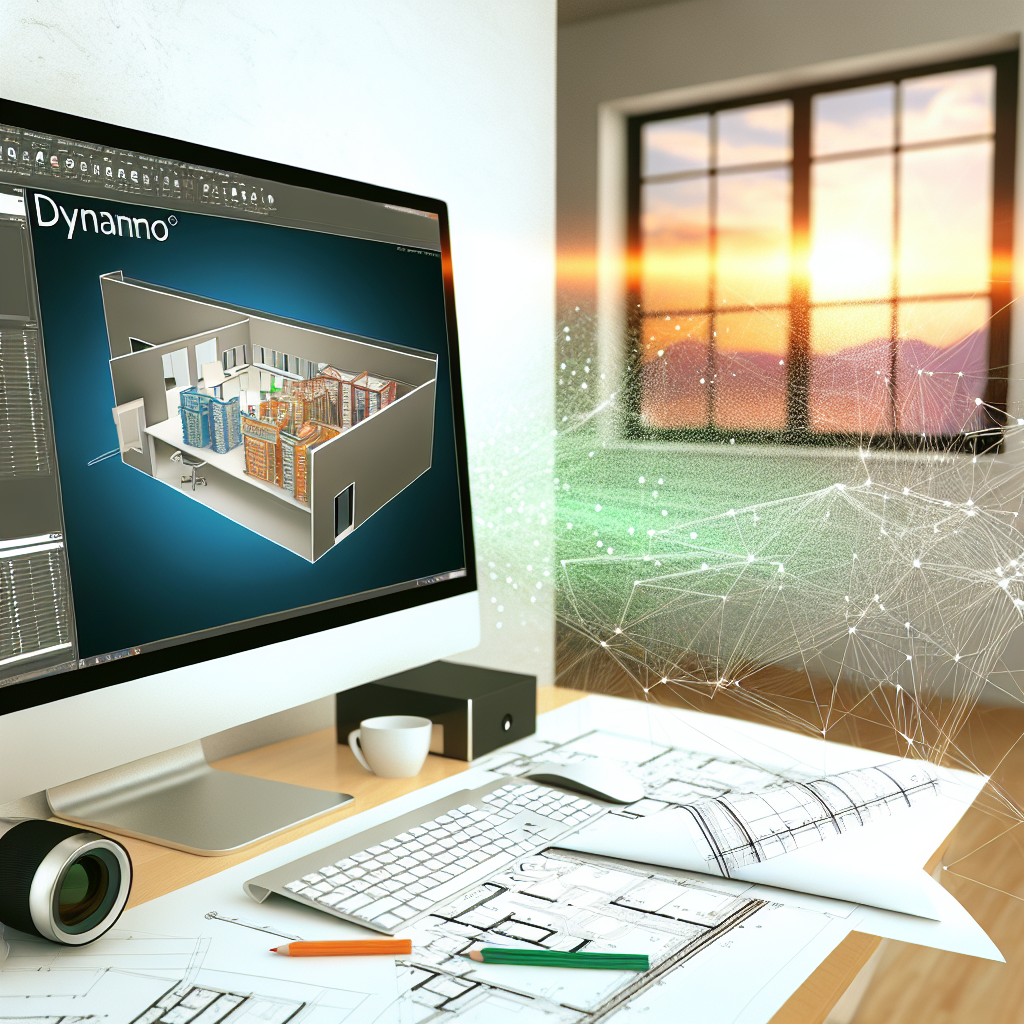Batch printing with Dynamo offers a powerful way to automate and streamline your printing tasks within Autodesk Revit, saving time and reducing errors. This article explores how to set up batch print workflows using Dynamo, enabling users to efficiently print multiple sheets simultaneously without manual intervention.
Leveraging Dynamo for Batch Printing in Revit
Autodesk Revit’s native printing options are suitable for small-scale jobs but can become cumbersome when handling large projects with numerous sheets. This is where Dynamo, a visual programming tool integrated with Revit, revolutionizes the process by automating batch printing tasks. With Dynamo, architects and engineers can create custom scripts that select multiple sheets based on specific criteria, such as sheet sets, views, or custom parameters, and send them all to the printer in one operation.
To get started, users need to familiarize themselves with Dynamo’s interface and node structure. By combining Revit elements like sheets and views with printing nodes, users can design a workflow where the script automatically filters sheets, sets up print settings, and executes the print command across multiple pages. This approach minimizes manual input, reduces printing errors, and ensures consistency across large-scale documentation projects.
Setting Up an Effective Batch Printing Workflow with Dynamo
Establishing a reliable batch printing process involves several key steps:
- Defining the Sheet Set: Use Dynamo nodes to select sheets based on specific parameters such as sheet names, numbers, or custom tags. This dynamic filtering ensures only relevant sheets are printed.
- Configuring Print Settings: Automate the setup of print settings, including printer selection, paper size, print quality, and orientation. By embedding these preferences into the script, consistency across all printed sheets is maintained.
- Creating the Print Loop: Implement loops within Dynamo to iterate through selected sheets, sending each to the printer automatically. Error handling nodes can also be added to catch and log failed print jobs, enhancing reliability.
- Executing and Monitoring: Run the workflow within Dynamo and monitor the process. Many scripts can be configured for scheduling or triggered via command line, allowing for integration into larger project management systems.
This structured approach ensures that batch printing is seamless, efficient, and adaptable to various project requirements, saving valuable time and reducing human error.
Conclusion
Batch printing using Dynamo transforms the way professionals manage large-scale documentation in Revit, offering automation, accuracy, and efficiency. By leveraging Dynamo’s visual programming capabilities, users can define custom workflows to select sheets, configure print settings, and execute multiple prints simultaneously. Embracing this technology enables architects and engineers to streamline their process and focus more on design rather than repetitive tasks.
